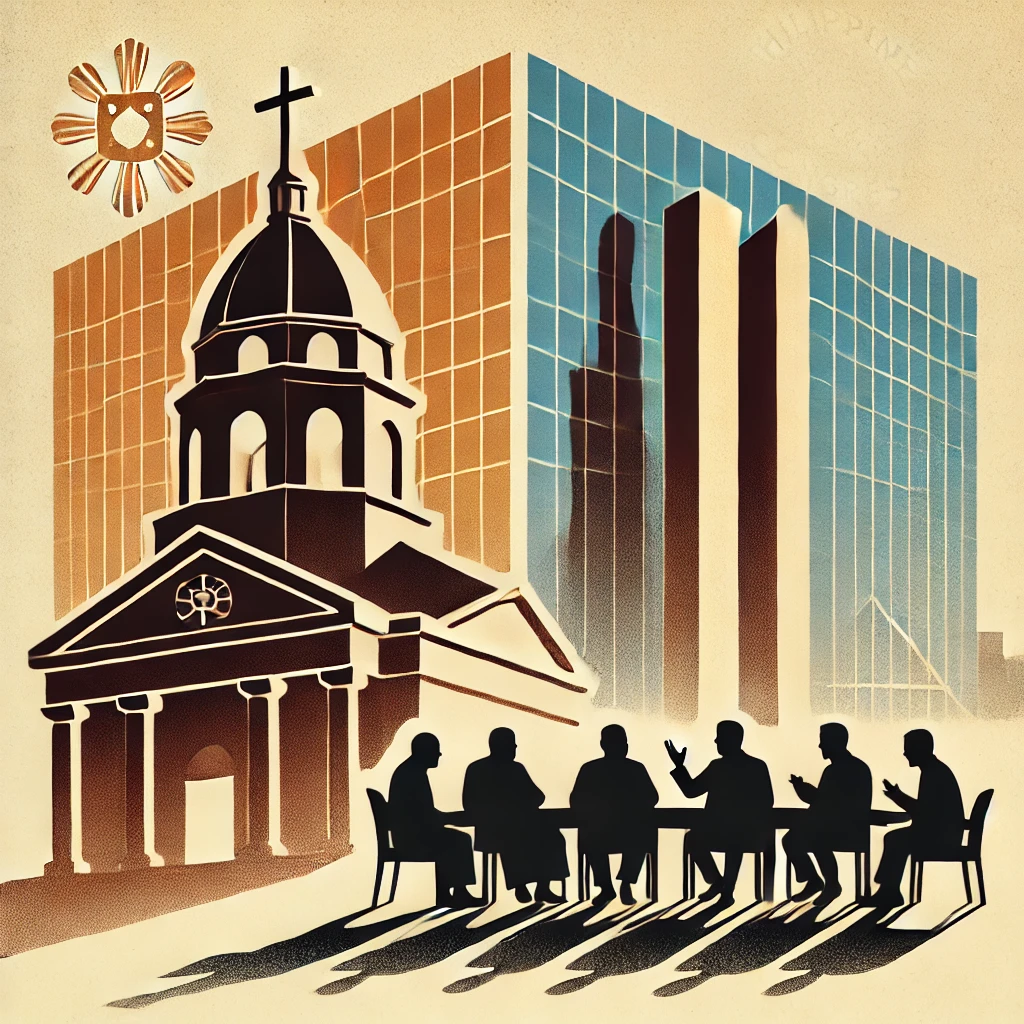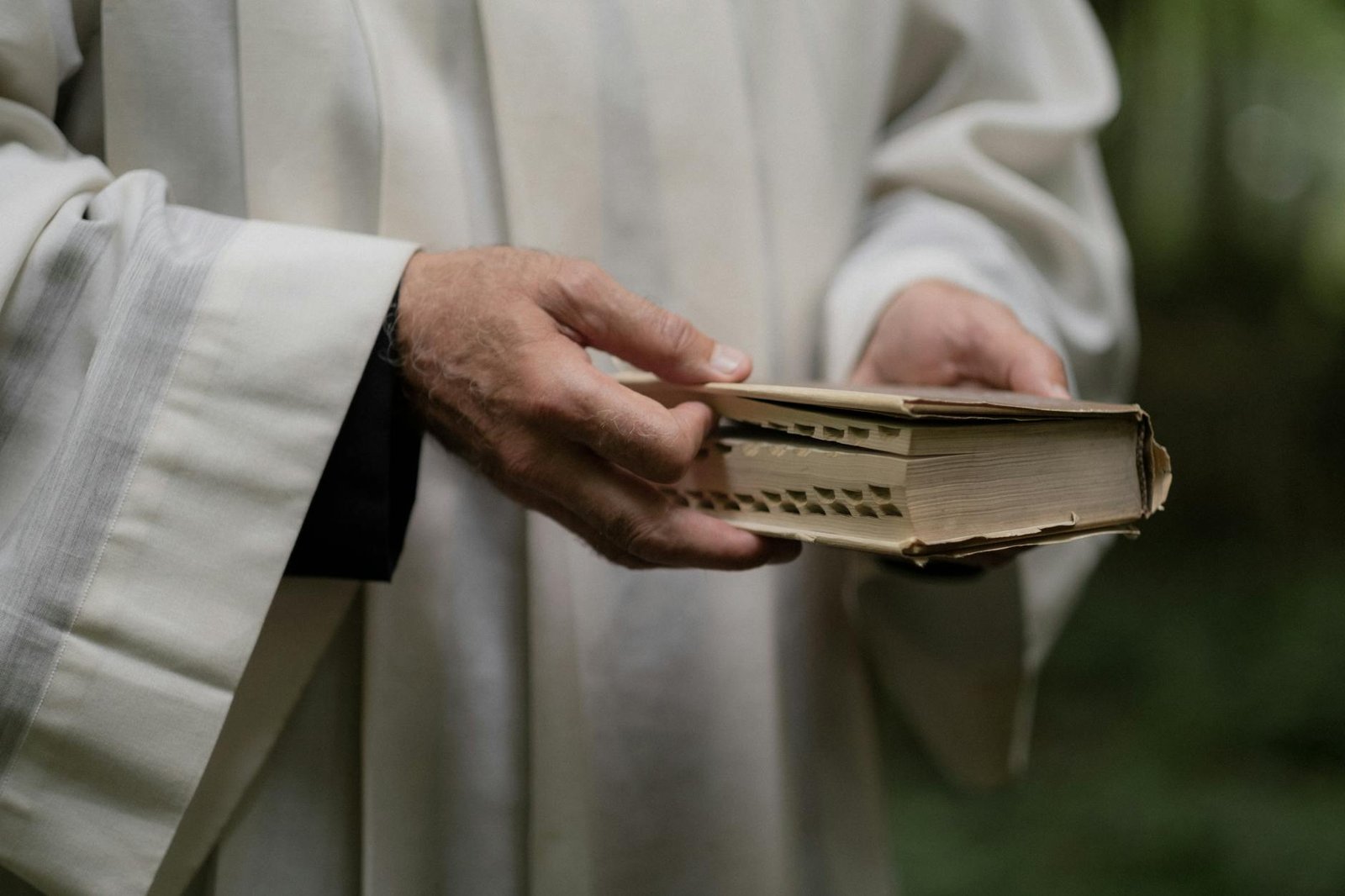Internet… when needed so badly, there it frustrate you more for its slow speed and intermittent lagging and sometimes no signal at all. I don’t know but many would say that ‘it is ONLI IN DA PILIPINS!’ (only in the Philippines!)
The advent of the global digital revolution has transformed internet access from a privilege for the affluent into a necessity accessible across various social strata. However, the Philippines, despite its participation in this digital transformation, has grappled with persistent issues of slow internet connectivity and high costs. In the wake of the COVID-19 pandemic in 2020, the country witnessed an exacerbation of these challenges, as remote workers and students found themselves grappling with unreliable connections, frequent disconnections, and lagging video conferences. This article delves into the factors contributing to the Philippines’ slow and expensive internet services, drawing on data from reputable sources and international comparisons.
Affordability Concerns
The Economist Intelligence Unit (EIU) conducts a comprehensive analysis of internet affordability across the ASEAN region. In their rankings, the Philippines emerges as the least affordable, lagging behind Thailand, Singapore, Malaysia, Vietnam, and Indonesia. This assessment underscores the economic burden borne by Filipino consumers in accessing internet services, a critical utility in the modern age.
Lackluster Speeds
The Philippines’ internet infrastructure falls behind that of its ASEAN neighbors in terms of speed. According to available data, the country reports an average download speed of 49.52 megabits per second (mbps) for fixed broadband and 17.95 mbps for mobile data. These figures trail significantly behind the speeds offered by countries such as Singapore and Thailand, where internet access is notably faster.
Global Rankings
To provide a global perspective, the Ookla Speedtest Global Index, an internationally recognized web service that evaluates internet performance worldwide, ranks the Philippines at the 67th position as of January 2022. This ranking confirms the country’s lagging status in the realm of internet speeds. Meanwhile, ASEAN peers like Singapore and Thailand consistently occupy top positions in the Ookla global median speed rankings.
Root Causes
Several interrelated factors contribute to the Philippines’ subpar internet infrastructure. First, government regulations have created a cumbersome environment for internet service providers, hindering their ability to invest in and upgrade network infrastructure. Additionally, the digital infrastructure in the Philippines remains underdeveloped, further impeding progress in this crucial sector. Moreover, the lack of robust competition in the internet service industry stifles innovation and customer-centric solutions.
Conclusion
The Philippines’ struggle with slow internet speeds and high costs is a multifaceted issue that intersects with government policies, digital infrastructure deficiencies, and competition dynamics. While the global digital revolution has brought connectivity to a broader spectrum of society, the nation faces the pressing need to address these challenges to ensure that its citizens enjoy affordable, reliable, and high-speed internet access on par with its ASEAN counterparts.








